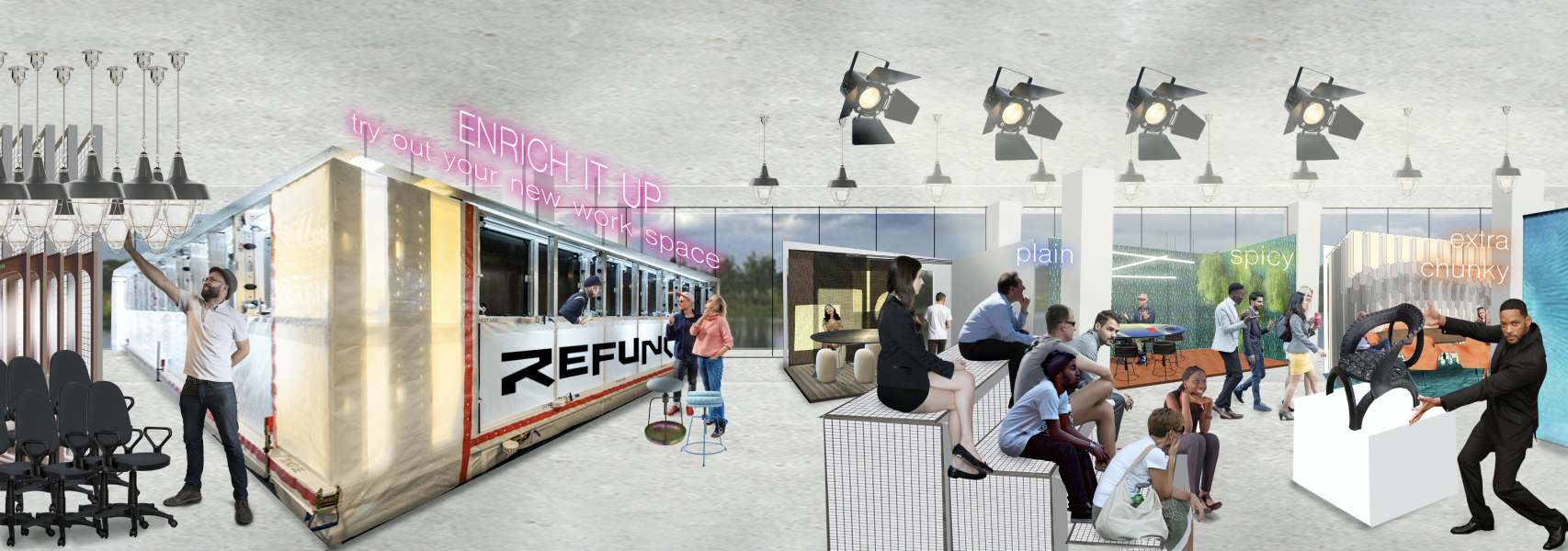
How natural is it to work from nine to five, sitting on a chair, staring at a screen, wearing your pyjama bottoms? Although it is today's latest standard, genetically, humans aren't really attuned to this norm. To challenge the current design of your (home)office, designer Govert Flint proposes a more dynamic concept, entirely based on your biology.
Enrich up your life
Why is a good work environment important? Happy employees perform 37% better compared to unhappy employees. Happy employees are less likely to show job withdrawal like absenteeism, turnover, job burnout, and retaliatory behaviors (so you might want to check yourself). Also a societal level it has effects: Happiness positively affects general health.
Now let's look at the design of your workspace.
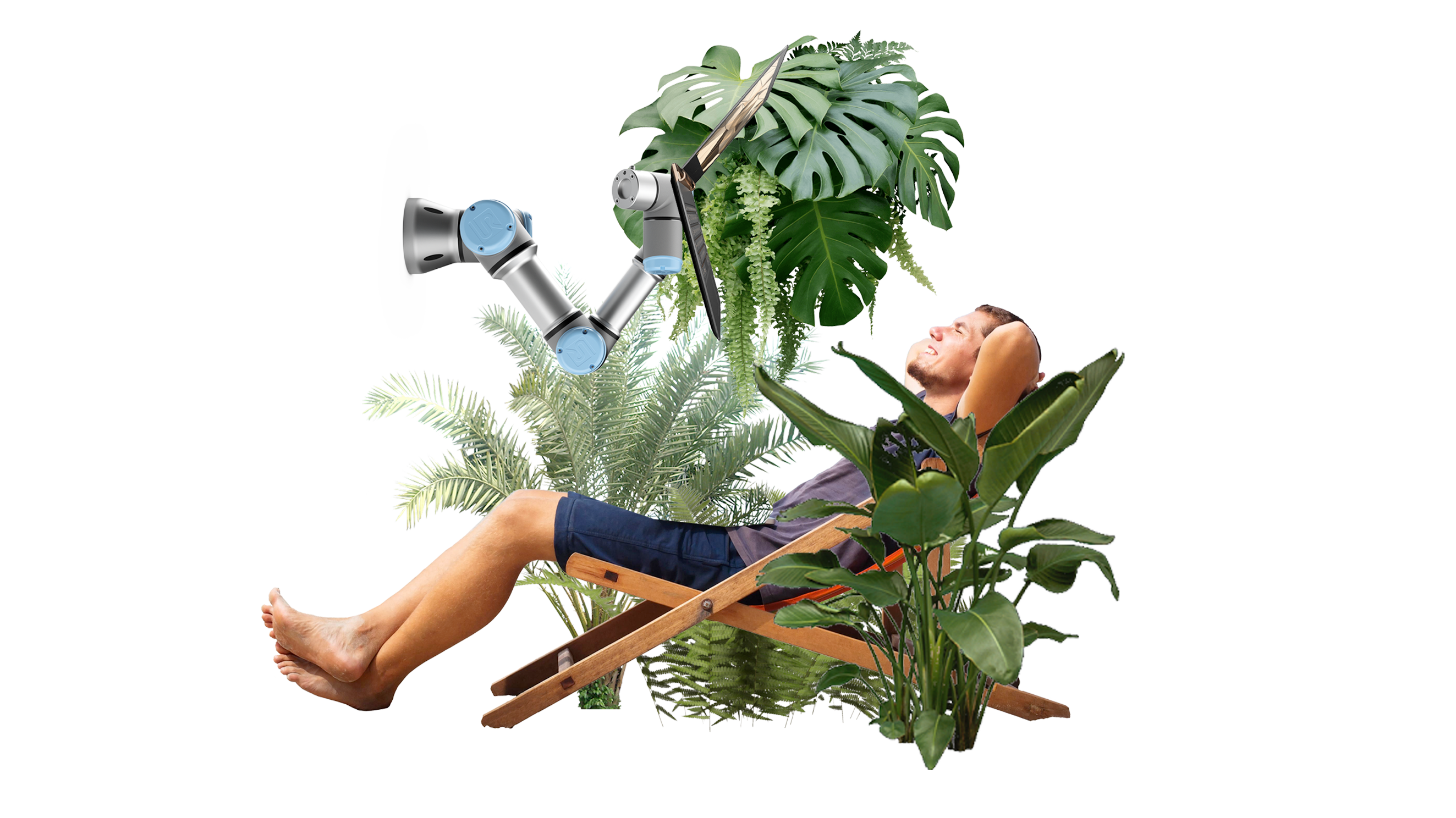
Triple S-CARE: A method
There are three major themes (Sitting, Stress, Satisfaction) when it comes to the design of your workspace. If you want to make the right decisions when it comes to the performance and engagement, the following three themes should be taken into account.
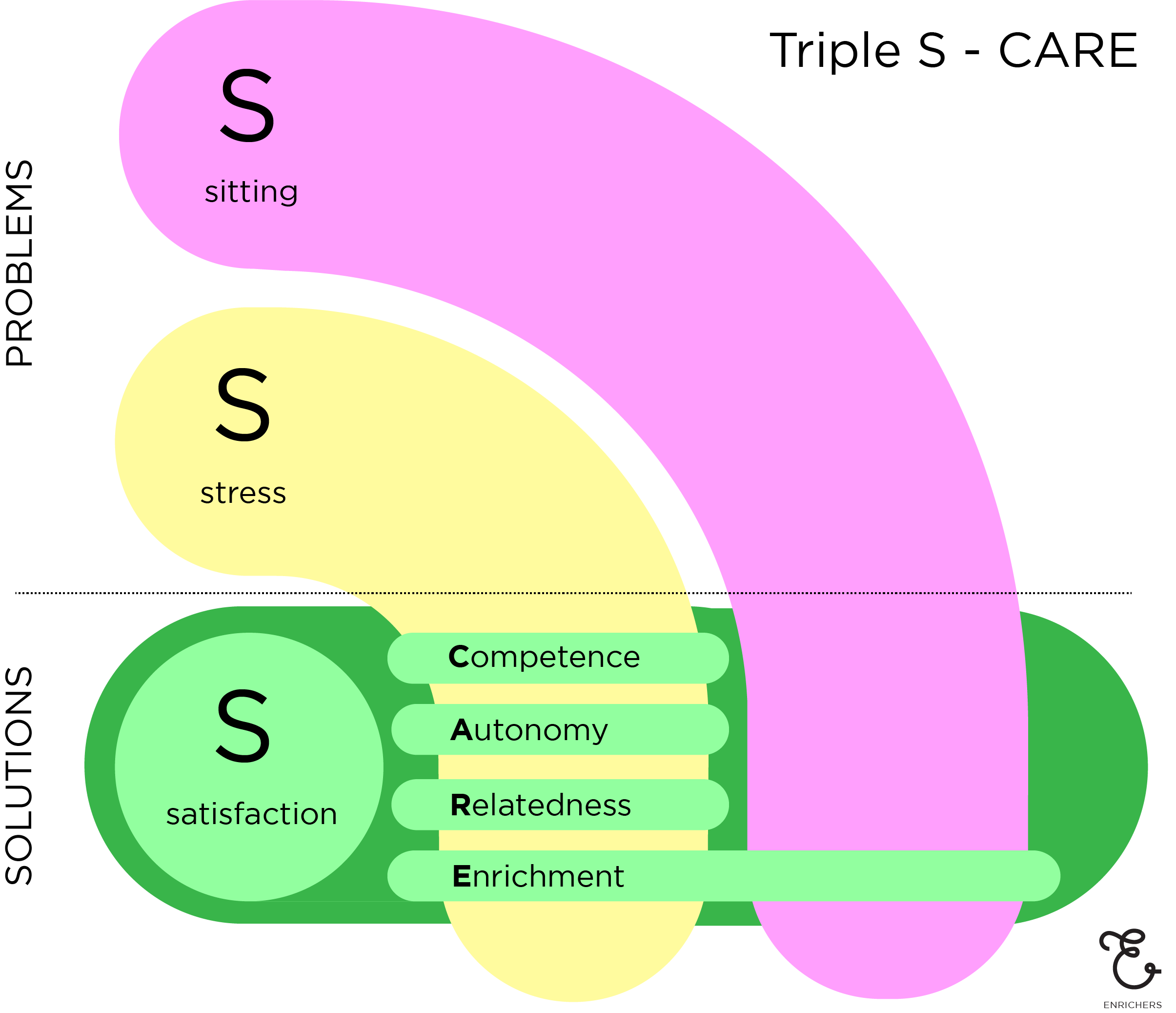
Problem: Sitting
Prolonged sitting is a common feature in today's society. Despite the amount of movements our body is designed to perform, we spend most of our time in sedentary mode. That's a problem. Sitting is a huge cause of unnatural death in modern society. We may think that smoking and drinking affects our health, but scientists found evidence that 'sitting' might be the new smoking.
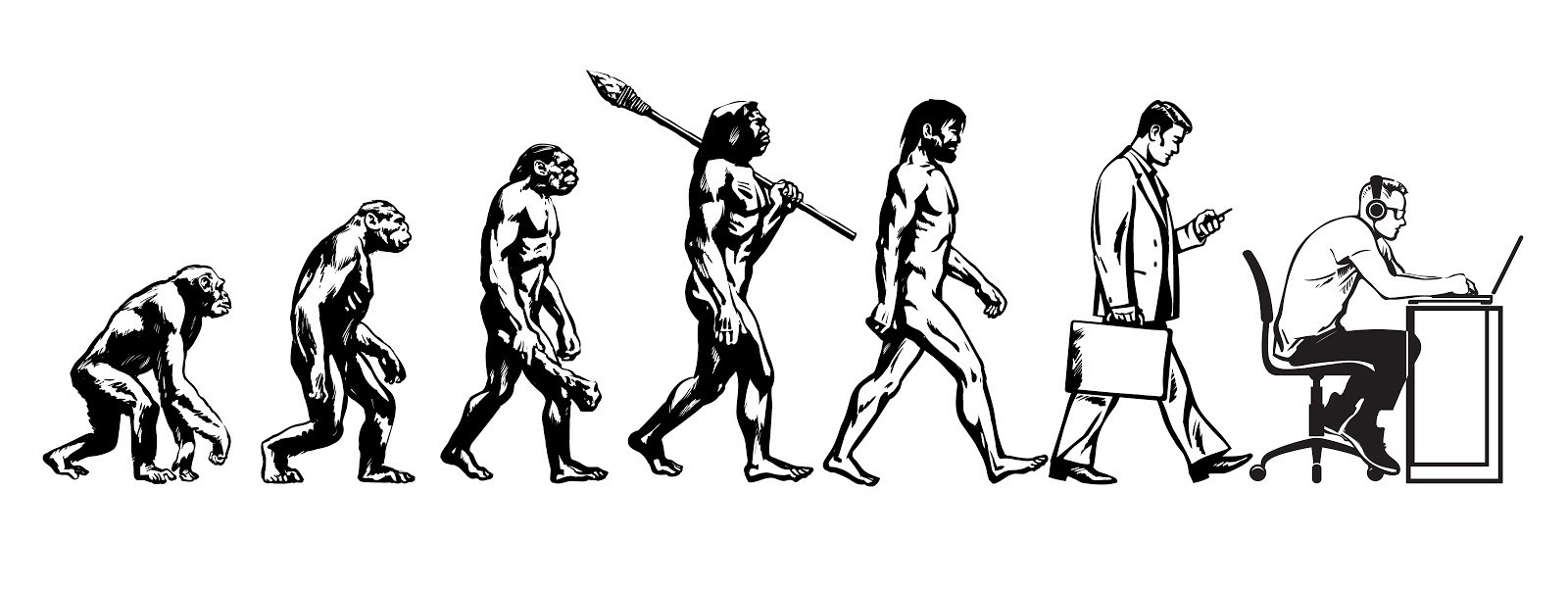
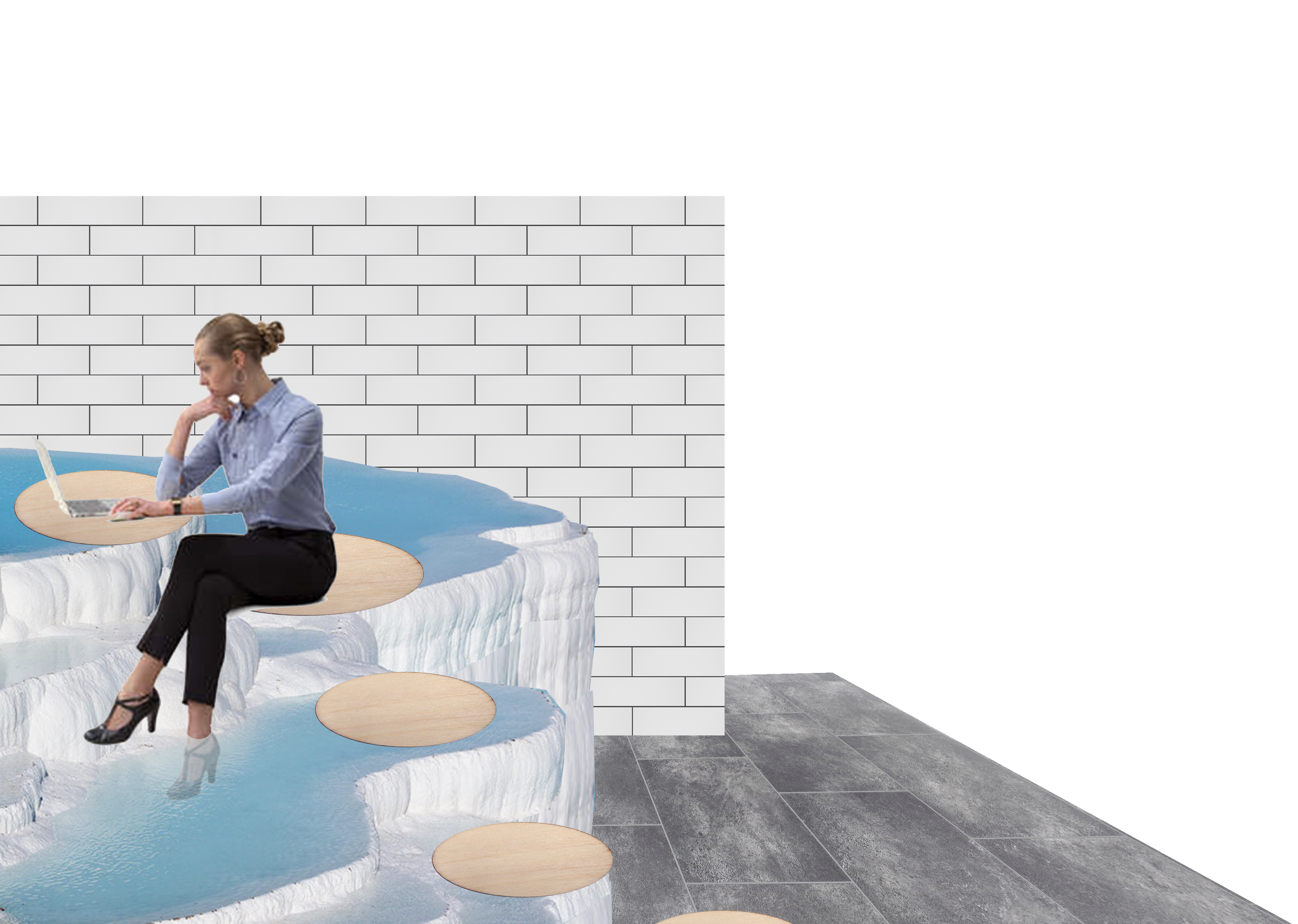
A sedentary lifestyle?
You have a sedentary lifestyle when you move less than 30 minutes a day, less than 5 times a week. When you have an office job, you are likely to sit for 11,3 hours a day. This includes the time you sit before and after working hours; the time you sit when you commute, have breakfast, dinner and when you're at home watching TV. When you go to the office, you can get your exercise from going to work by bike. But when you work from home, you are even less likely to get your 30 minutes of movement.
No more desk chairs!
Sitting in a desk chair with back support also makes your lower back carry less of your weight, decreasing strength of your core. Emotionally, sitting for a long time enhances negative feelings whereas muscle activity activates endorphin production and full body activity is perceived by the brain as being emotionally happy.
The designteam at Enrichers created the Buoy. Designed to keep your entire body active while you sit, allowing you to express yourself more at work. Creating a strong core and unconsciously keeping you fit and healthy.
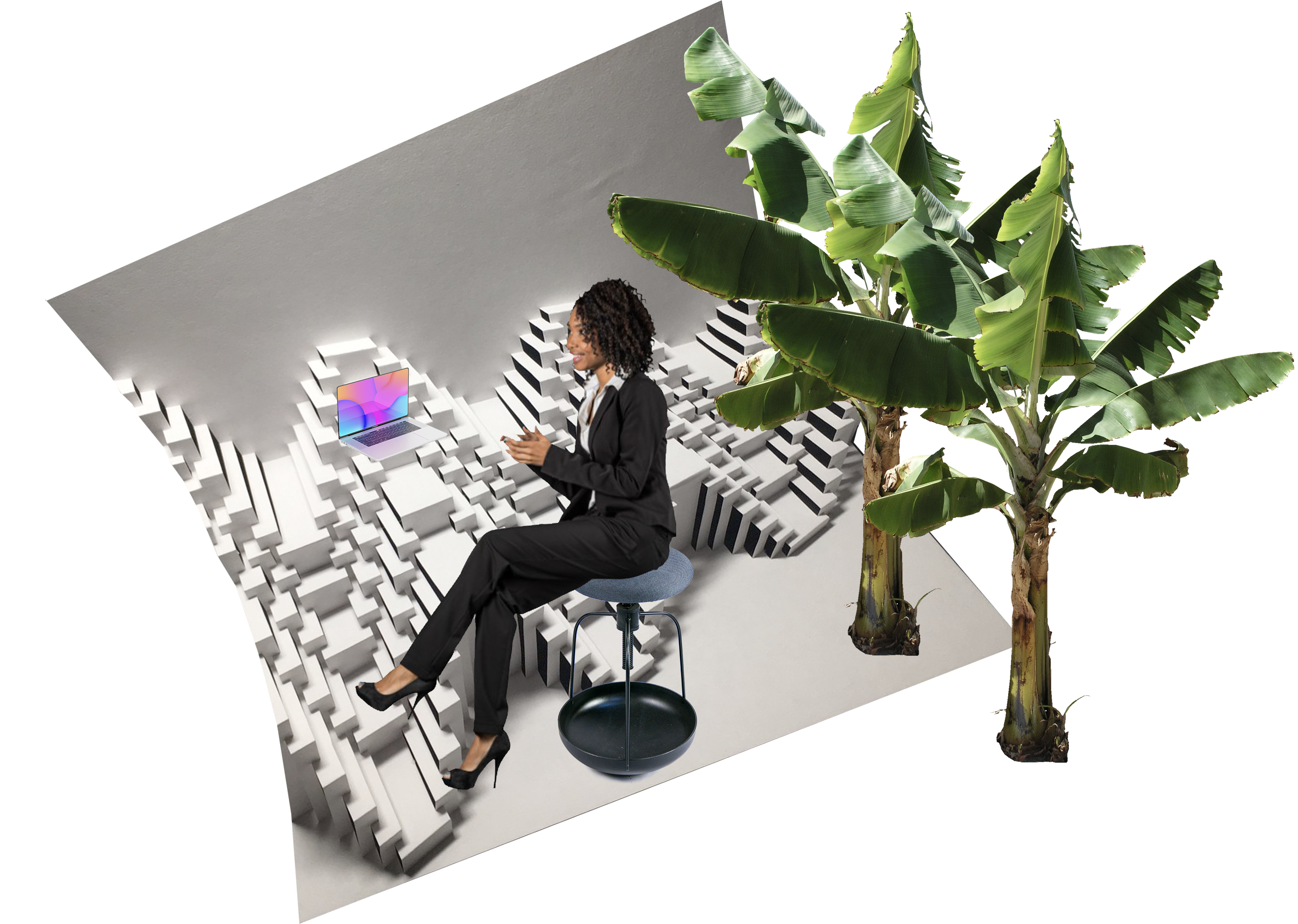

Rather stand? This is Floatile, a disk filled with a strong bag of water that allows you to move your joints while standing. And don't worry about those quarantine kilos, the Floatile is strong enough to carry the load of a cow.
Problem: Stress
Life is full of stress. It's an every fact of life that we must all deal with. It comes in all shapes and sizes; even our thoughts can cause us stress and make the human body more susceptible to illness. The evolutionary function of stress is to increase our ability to cope with situations that require action or defense. Work-related stress then, is caused when we experience high demand to deliver and feel they have little control on meeting that demand. But there are also other stressors, like technostress.
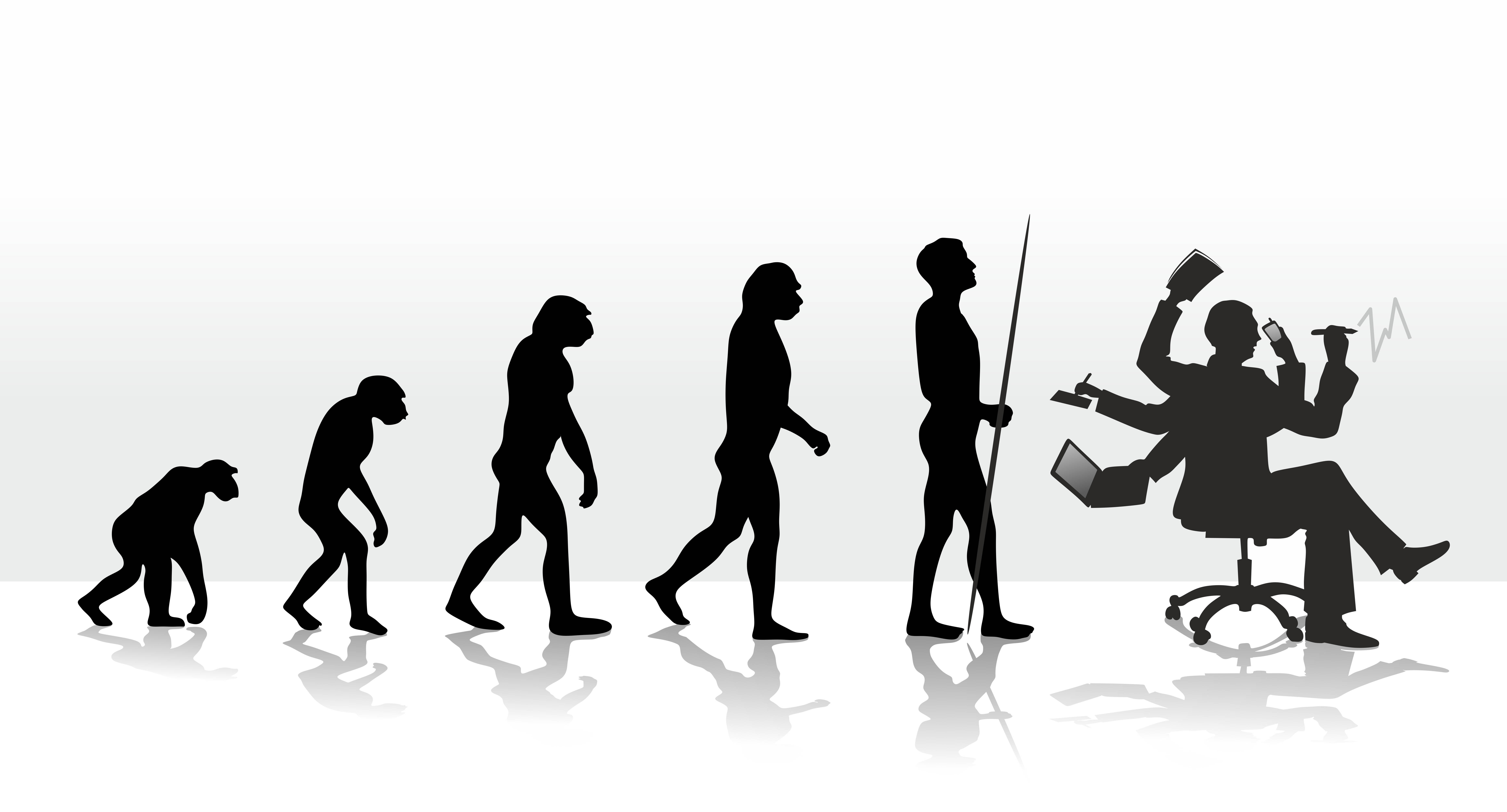
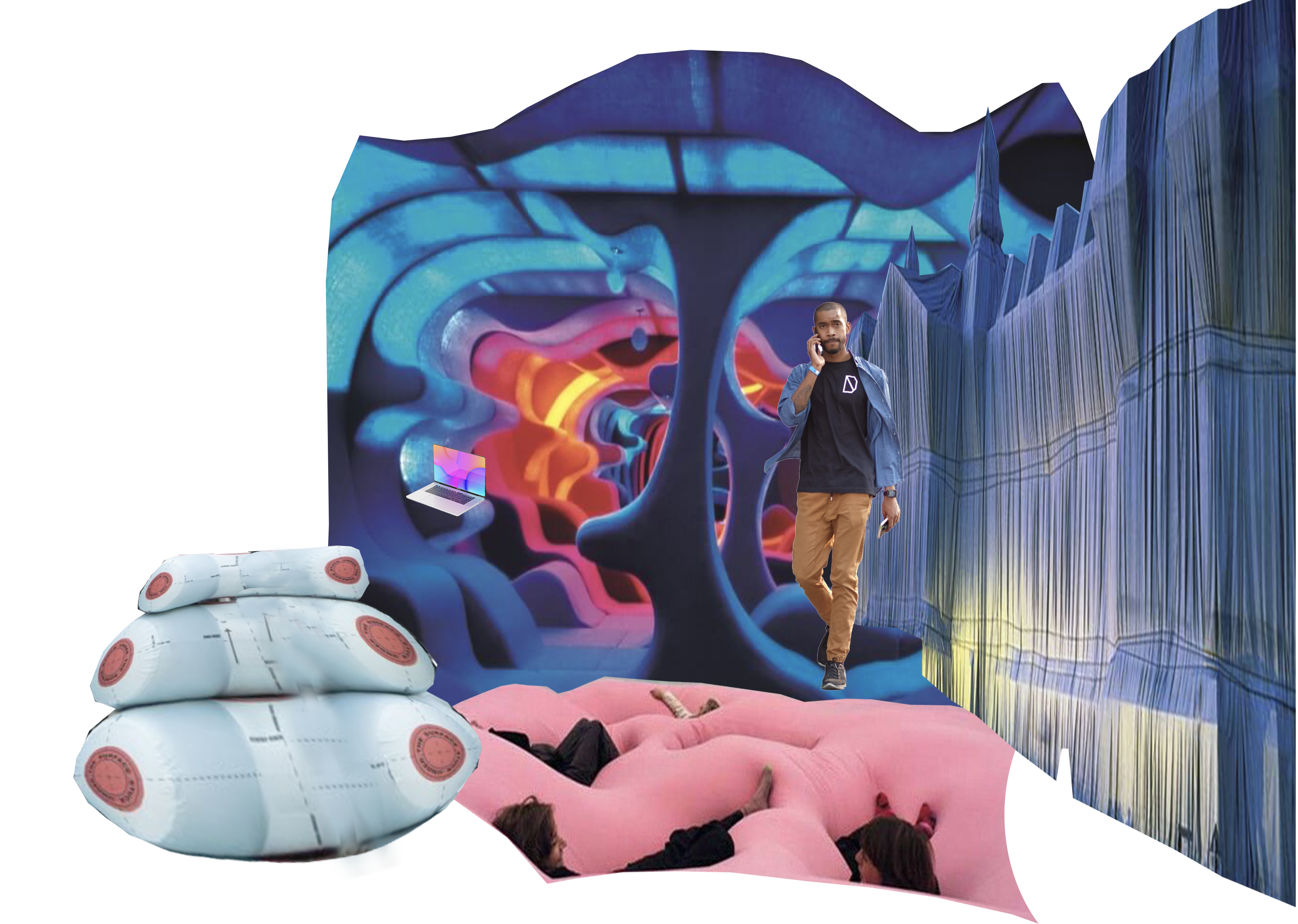
Technostress?
Despite its many benefits, the digital workplace can also cause unintended negative consequences for workers, such as technostress. This is a type of stress caused by the rapid changes in technology and occurs as a result of the inability to meet the changing competencies. People using mainly digital devices to communicate at work are twice as likely to get ill from technostress. Symptons include headache, inability to relax, difficulty sleeping, and sore muscles in neck, back, and shoulders. In case you experience (light) symptoms of technostress, try minimizing the use of video calls, emails and phones. We support you. Who knew we would end up defending ourselves from wild emails?
What's causing technostress?
-
Techno-overload
You feel exhausted and experience difficulties in effectively making decisions when receiving too much on a certain issue issue. This is generally associated with the excessive quantity of daily (digital) information. "Siri, clear my schedule today".
-
Techno-invasion
You feel you have to be available at all times. Ironically, this might lead to feeling compelled to be available at all times. With more people working from home, the boundaries between job and life are blurred. Lawmakers in the EU want to give workers the 'right to disconnect'.
-
Techno-complexity
You feel incompetent. This can lead to feeling compelled to invest time and effort in learning and understanding different applications. But remember, your colleague is just one call away.
-
Techno-insecurity
You feel the fear of losing your job as a result of being replaced by new technology or people with better skills. But fear not. Rather than replacement, technology can make our work more creative, inspirational and fun.
-
Techno-uncertainty
You feel confused due to continuous changes within technology. This may lead to frustration and anxiety. The constant demands to educate yourself on new tech can result to constantly feeling overwhelmed, which may result to Techno-insecturity.
Walk away from your stress
Movement increases resilience to stress. When you have an active lifestyle, you basically train your bodies to deal with stress. Also the awareness on stress increases your resilience to cope better with it. When you understand what you feel when you're stressed—and what causes the stress in the first place—you'll recover faster. So go ahead, go for a walk (during your calls) and consider what's causing your stress in the first place.
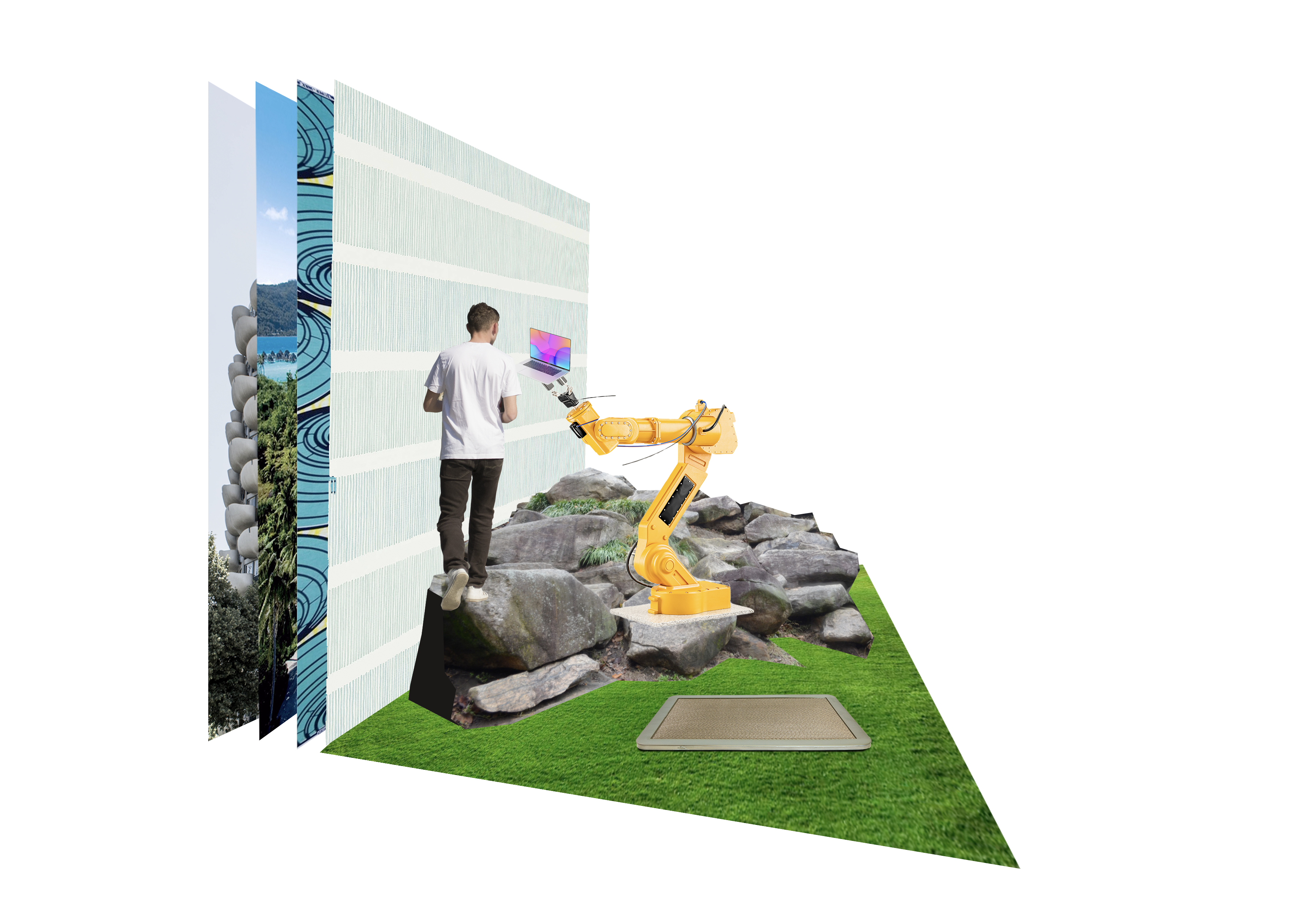
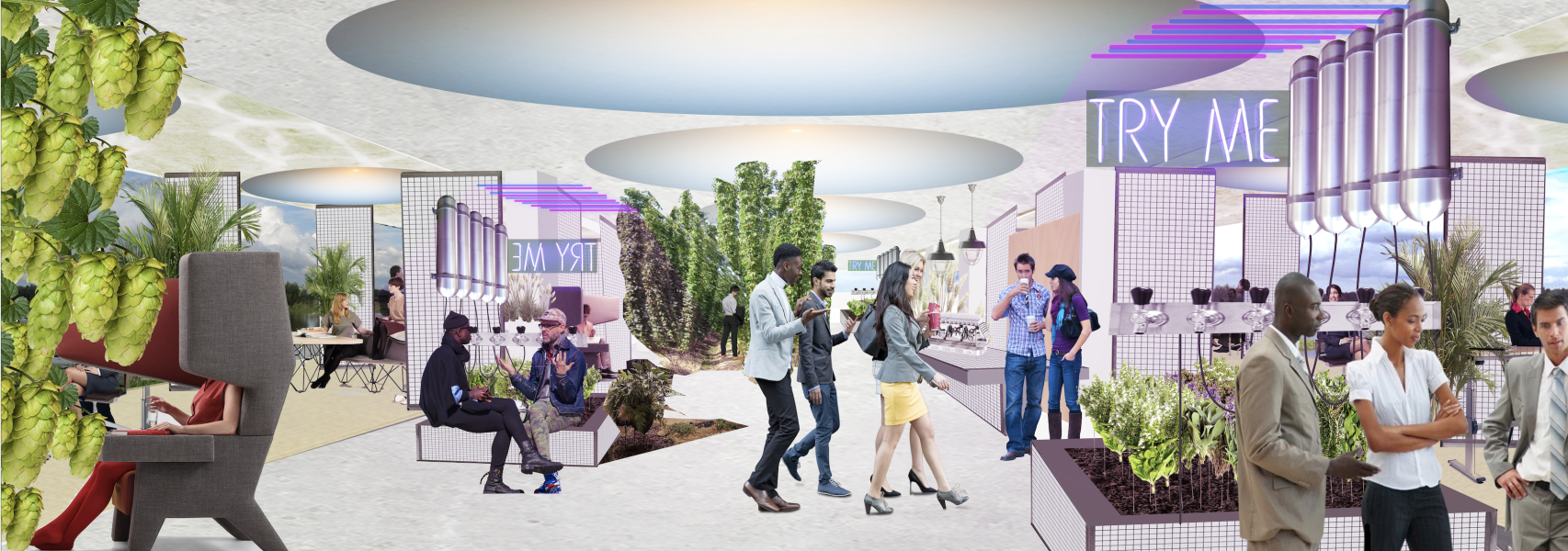
Solution: Satisfaction
Neuroscientists Reeve and Lee write about basic psychological needs. They describe Competence, Autonomy, and Relatedness as the core elements to a positive well-being and satisfaction. We wonder: What does your (home)office look like when you design it based on these three pillars?
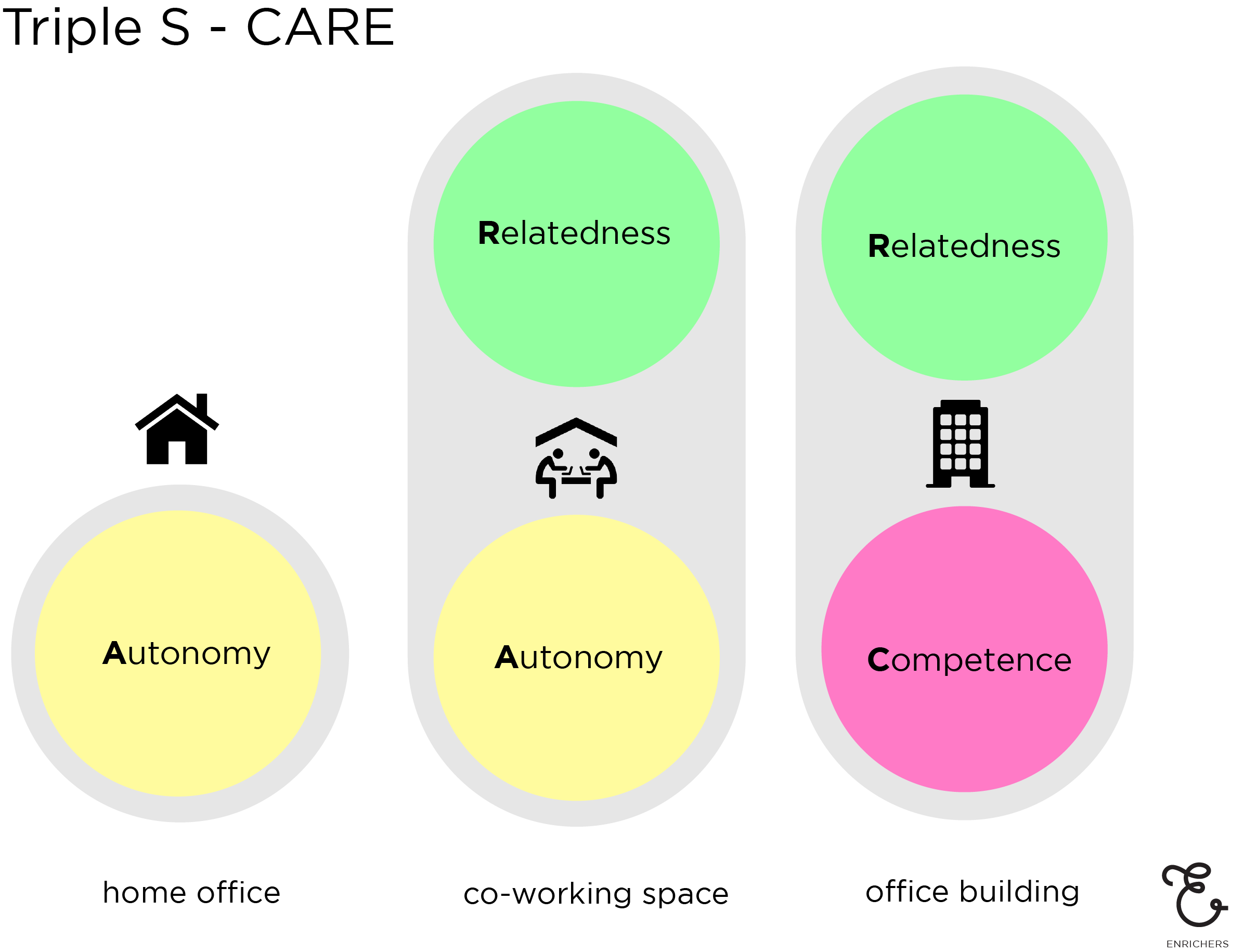
C is for Competence
Personal accomplishment is one of the three elements you need to experience to prevent yourself from getting burned out. When you work from home, it can feel as if your contribution to the company is less tangible. To facilitate competence, therewith personal accomplishments, it is important people's work resonates through the company.
Our suggestion:
Turn your office into a museum. Since half of the employees work from home, this give the office staff a change to relate to others' work while they are working from home.

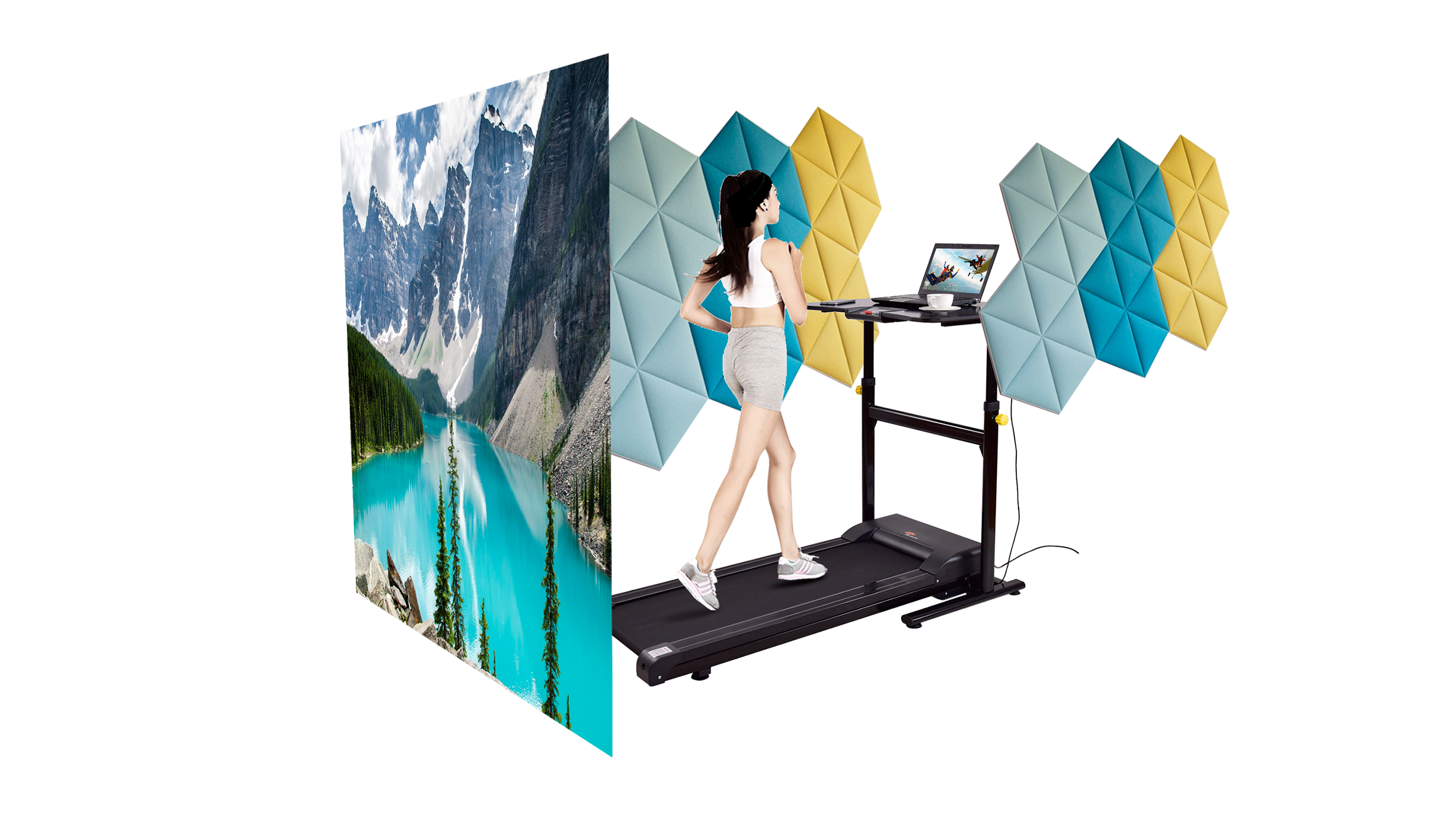
A is for Autonomy
Autonomy at work is having the ability to make your own decisions. Depending on what type of company you work for, autonomy can be experienced in different ways. The home office is ideal for experiencing autonomy. For you to feel autonomous at your home office, trust is key. If you feel controlled at home, the element of autonomy is gone. This may leave you unsatisfied, despite working (partly) from home.
Our suggestion:
Introduce the autonomy fee. Every time someone is micromanaging, you collect a "fine" by insisting that the offender put some bitcoins into your wallet.
R is for Relatedness
The last element you need to feel satisfied at work is relatedness. You should feel part of a larger community. Work holds the possibility to support this feeling. Sure, working from home can increase private relationships (especially when you live with family or flatmates), but the home office does not guarantee relatedness with colleagues. Having the ability to meet your peers at work is essential, but working from home does not allow us to do so. For people who live by themselves, are starting their job or just moved to a new city, the lack of relatedness is felt most.
Our suggestion:
Schedule your next meeting in Minecraft. Get your suit here. "Be there or be square" has never been more relevant.
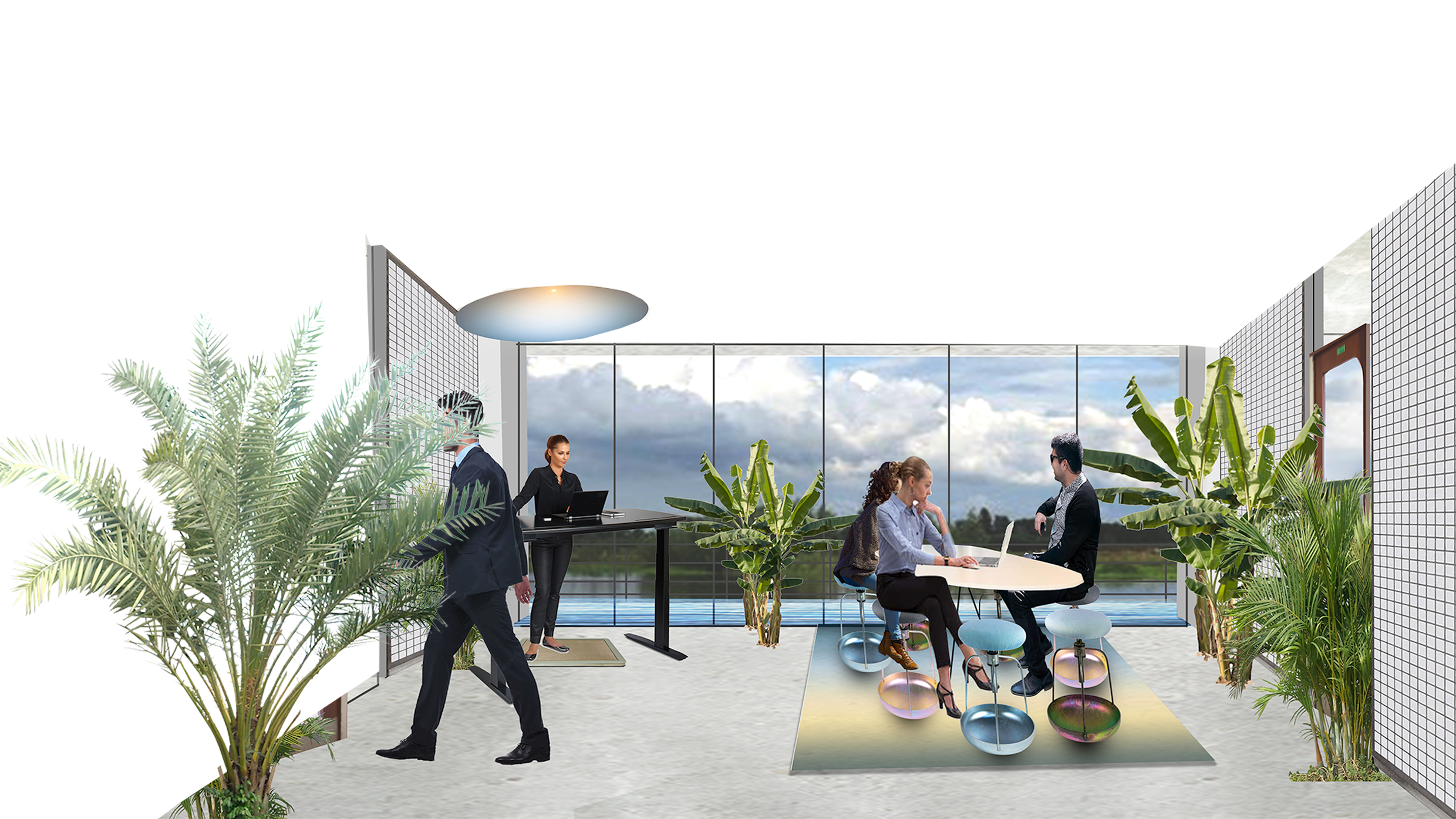
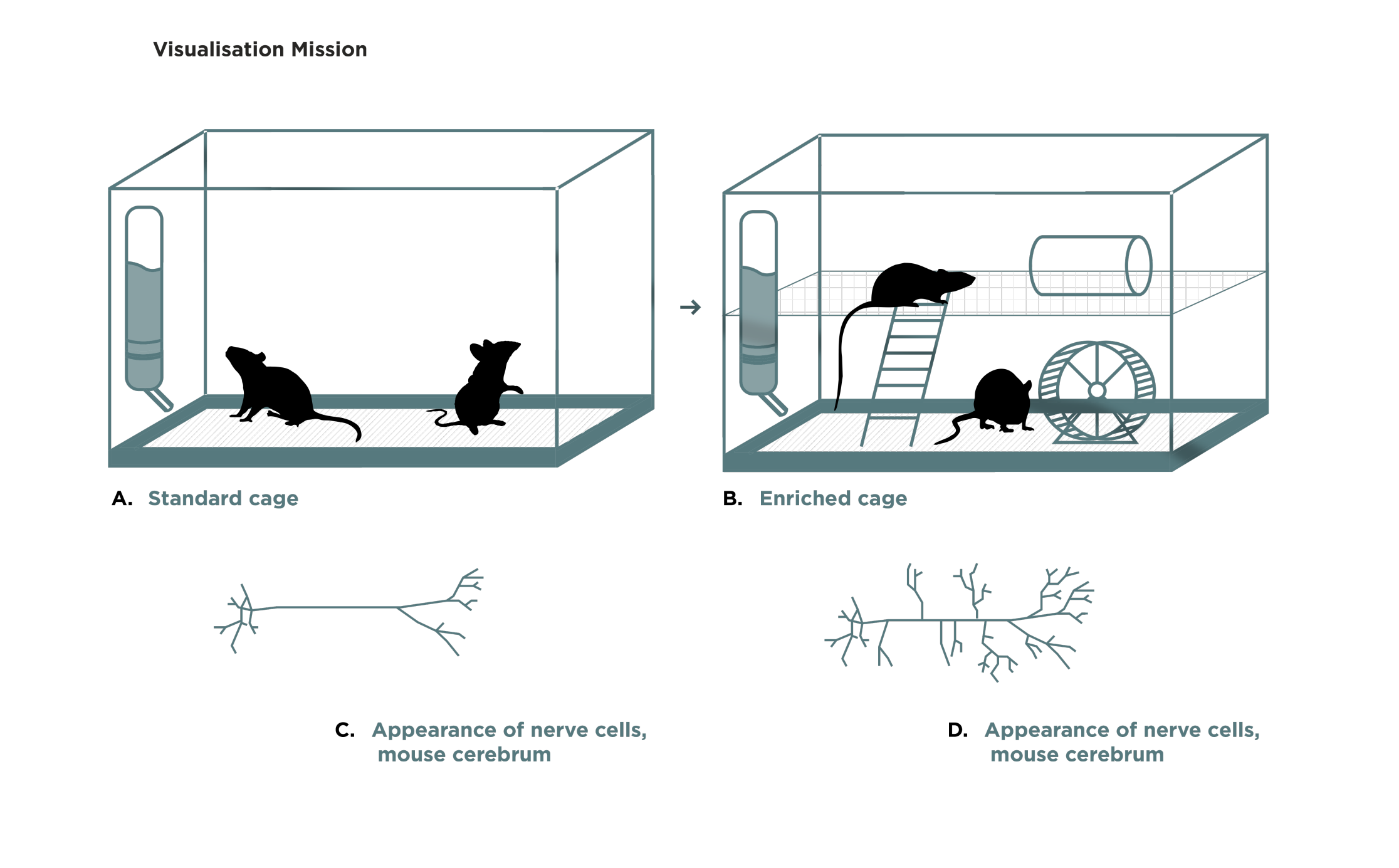
E is for Enrichment
In 1949 the renowned scientist Donald Hebb discovered the effects of enriched environments on memory during an behavioral experiment with mice. He placed one group of mice inside an 'enriched cage' with several floors, sawdust, a treadmill and some ropes and tubes. The other mice were placed in a deprived cage; sad empty drawer-like cages.
What happened? The mice in the enriched cage grew 1,5 times older and had a heightened resilience. They basically got healthier because their brains were stimulated in various ways, making them have more neuro pathways and have more active brain areas.
What can we learn from this?
Environmental Enrichment is a known concept to humans. For example, being locked up in prison can lower your IQ after 3 months. The method of Environmental Enrichment (EE) is already applied in medicine for Alzheimer patients and people suffering from Huntington disease. During longlasting shutdowns (sounds familiar?) many of us experienced what it does to our mood, having as little stimuli and a low variety of environments; this is an extreme experience of how a deprived environment influences us.
Enrich it up!
What if we told you that Environmental Enrichment is something you already do? Besides adding active furniture to the home office, simply by decorating the space with plants, flowers and artworks, this make up an environment that meets your biological needs.
As an employer you can stimulate your personnel to enrich their home offices by surprising them with a novel artifact for their home office. Trust us, it will have an enriching effect. Try this Tondo, for example. The metal bowl is galvanized with a special technique that gives it opaque colors ranging from pink to yellow to blue or green. The shape makes anything in it seem to be floating. Calming effect guaranteed.
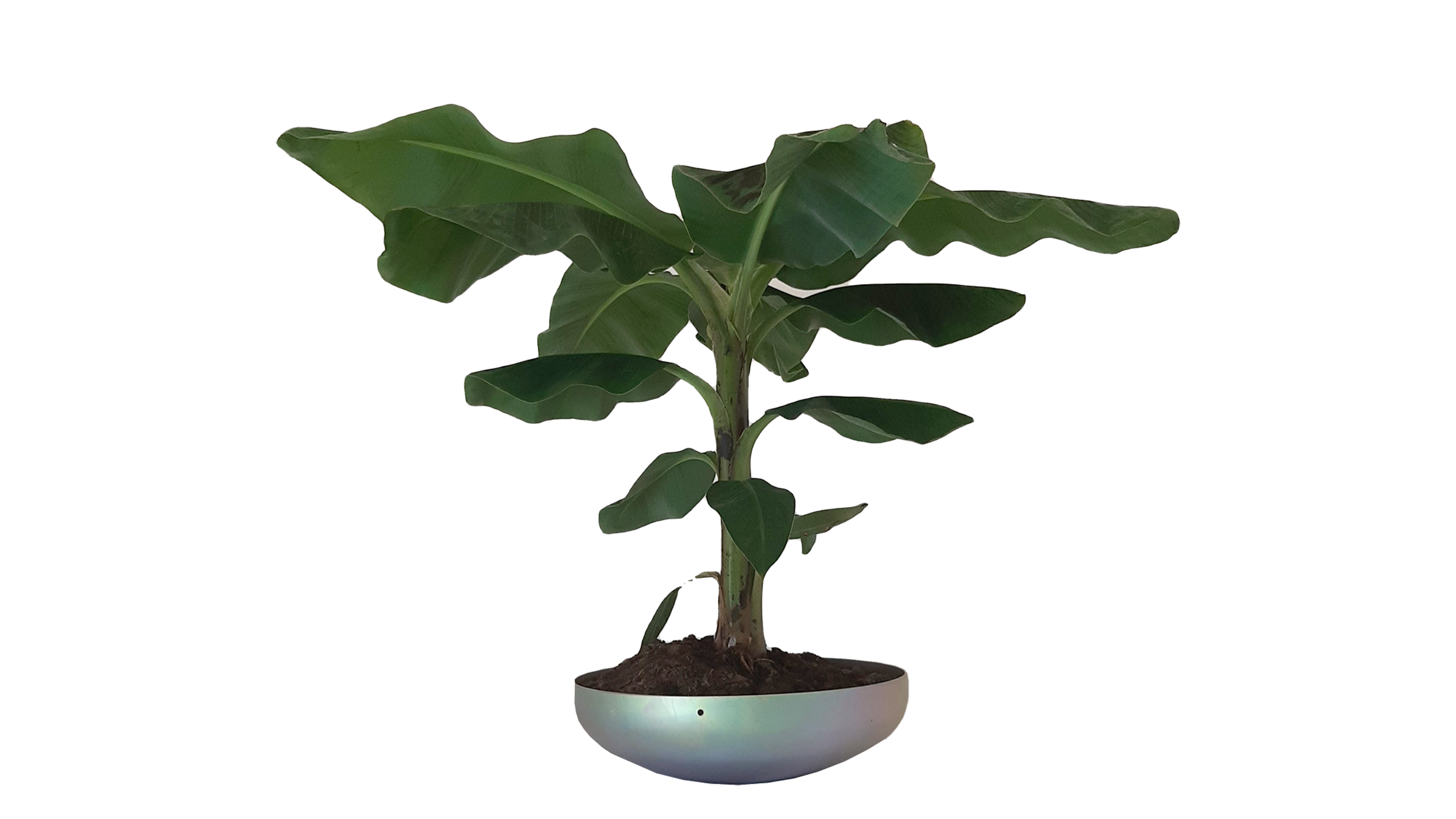

Next Office Spa(ce)
What if our office was a place devoted to enhancing overall well-being through a variety of professional services that encourage the renewal of mind, body, and spirit? Introducing the Office Spa. Enjoy sunbathing desks, phone call steam booths and infrared saunas during your afternoon calls.
Swedish Phone Call Sauna
Usually we say: when things get heated, walk away. Cool off. Not in this Swedish Phone Call Sauna. Give in to the steamy heat and let your inner dragon unwind. The sauna is equipped with a waterproof case for your phone, a bluetooth connection and waterproof speakers. In other words, everything you need to use your new built up resilience for that difficult call.
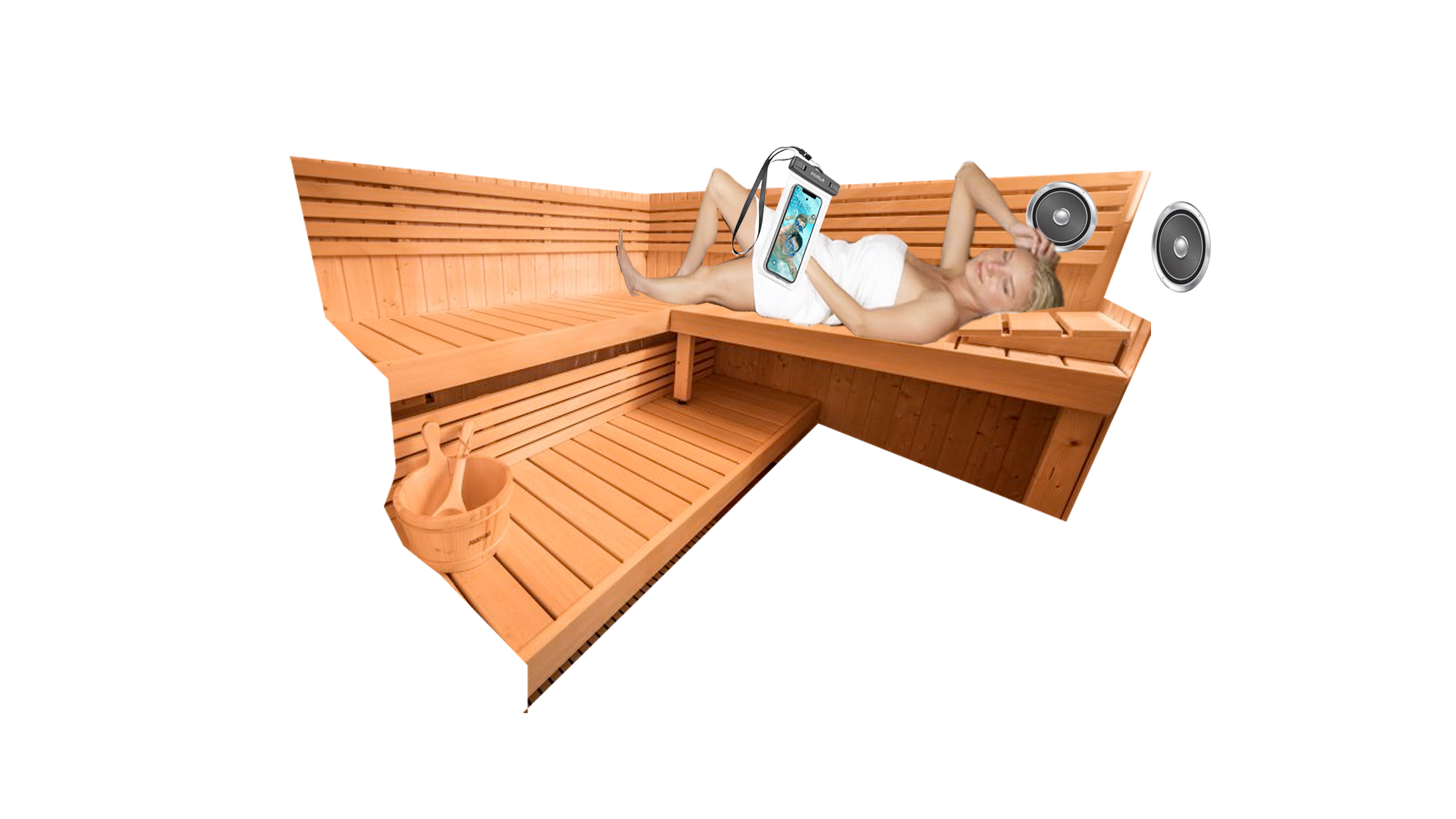
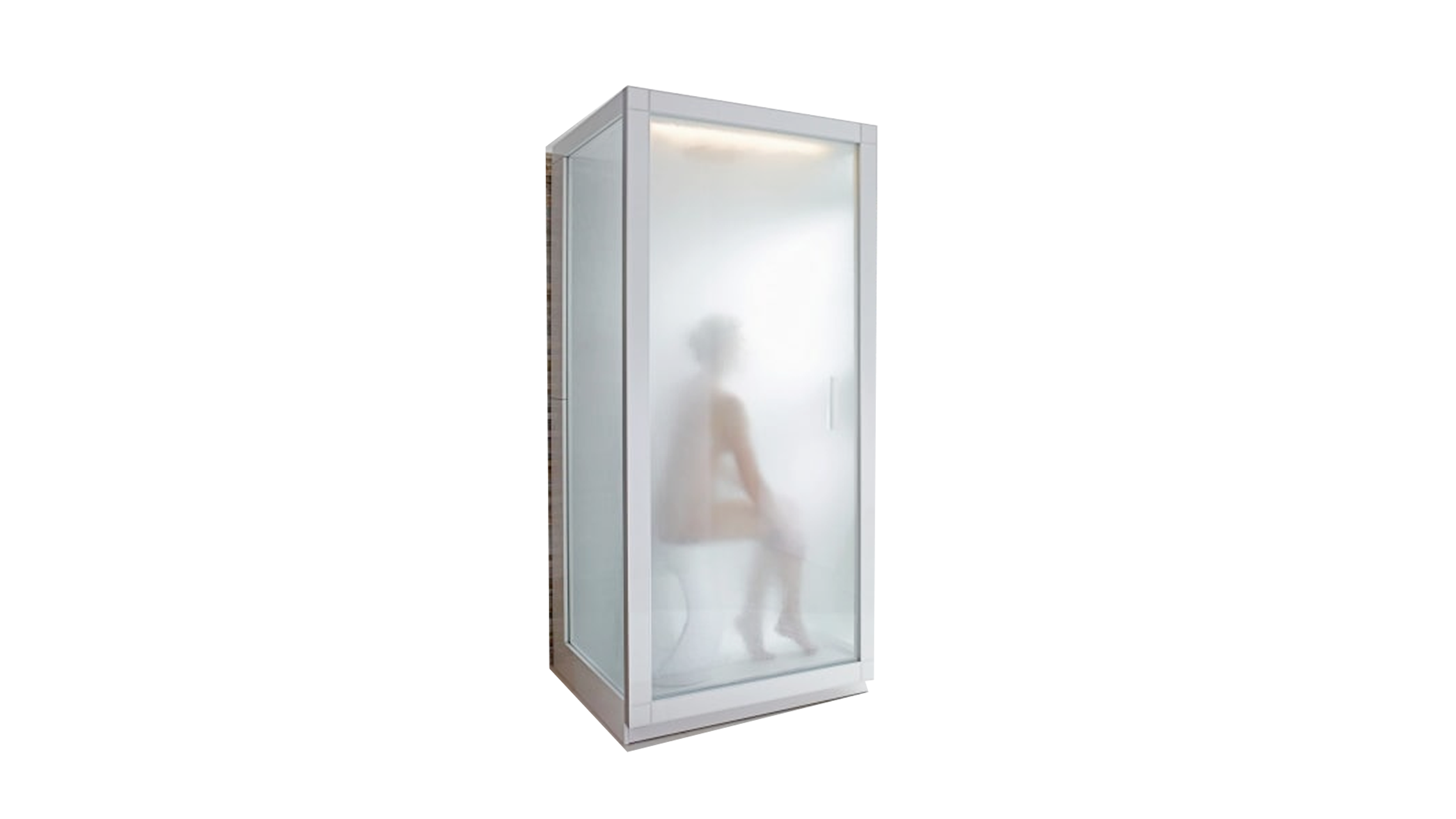
Phone Call Steam Booth
Do you feel stressed? Can't concentrate with all that background noise? This pop-up steam booth got you covered. First, take a deep breath through your nose and exhale through your mouth. Step into the steam booth as you exhale. Think of the tension leaving your body, while the heat enters it. Take another deep breath, smile, then dial.
Ultra Red Desk Sauna
Hey, you. Are you behind your desk again, with hunched shoulders and a stiff neck? Get into movement while continuing your important work with these active desk seats. They train your core and enable you to move away during your office hours. The infrared/ultrared wavelengths will smooth away all your stress, tension and muscle aches and leave you with a rejuvenated heart, body and mind.
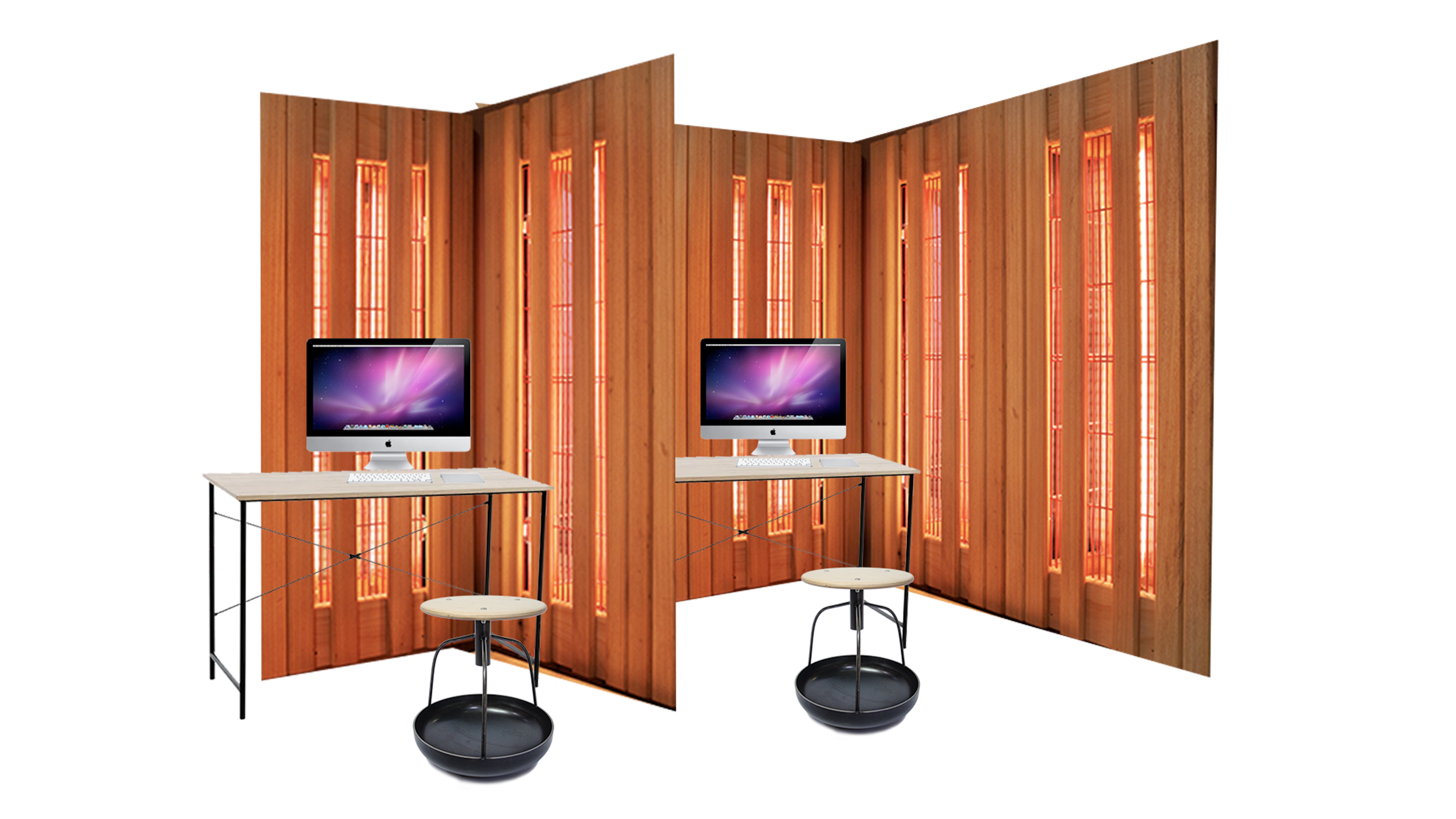
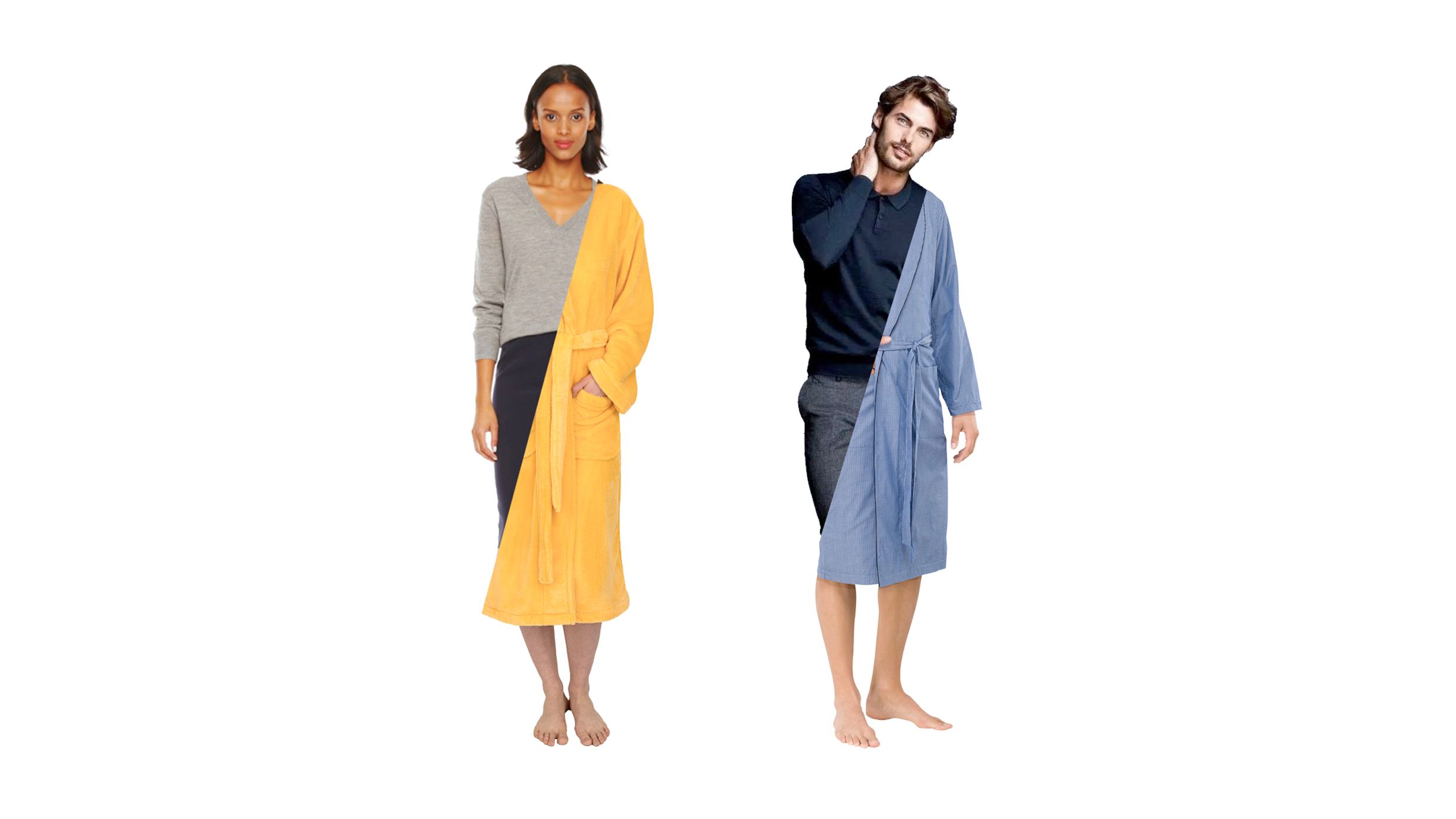
Smart Bathrobes
Your body is a temple. So why encage it in tight suits and formal shoes? Relaxation really is about the cozy comfort of wearing your soft, snuggly bathrobe all day. We know, you don’t want to look like a lazy bum when caught on a Zoom businesscall with your colleagues. With these custom made Smart Bathrobes, you’ll look less like the Big Lebowski and more like the ever-charming 007.